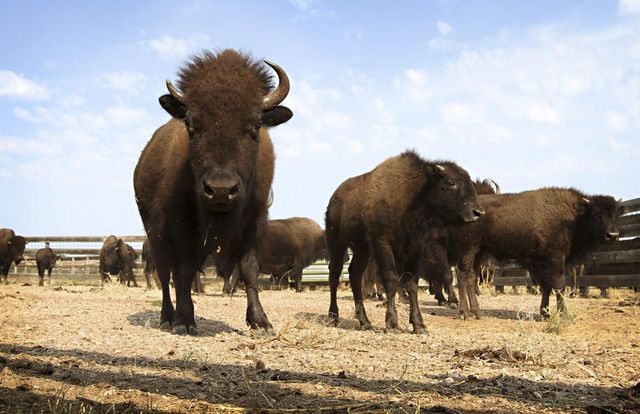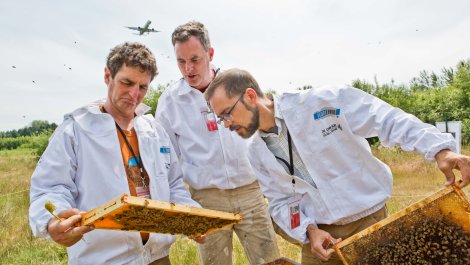Speakers encourage and honor students at annual graduation banquet

By Andrew Gobin, Tulalip News
TULALIP – The Tulalip Tribes honored all tribal members that graduated this year, as well as all other Native students who graduated from the Marysville School District, on June 13 at the Tulalip Resort. Ninety nine students graduated from high school and post-secondary education. Tribal leaders recognized the academic achievement of the students, and former Chair of the National Indian Gaming Commission, Tracie Stevens, gave an inspirational keynote speech. Student speakers expressed gratitude for many years of support, telling of their struggles and achievements.
Leticia Bumatay of the Shool Home Partnership Program (SHOPP) said, “Seven years ago, I couldn’t see myself standing here. I say seven years because that was when I lost my mom. I was bounced around with beda?chelh, so I am 21 years old getting my high school diploma today. The one thing I have to tell everybody is to never give up. Never give up on what your dreams are, never give up on your hope, and never give up on your faith. My grandma taught me that.”
Tulalip Treasurer Glen Gobin encouraged graduates to go out and see the world without the fear of losing their roots.
“You graduates here today, your whole world is out there. You can get an education or you can go to work. But one thing I just want to encourage you all, because it’s the one things that has kept us who we are today, is stay grounded in your culture, stay grounded in who you are, stay grounded and come back and help your tribe, because that what our past people have done,” he said.
Keynote speaker Tracie Stevens took the stage, introducing herself in a traditional manner. She highlighted the importance of education, and what that empowers students to accomplish for their tribe and for themselves.
“I didn’t understand what the purpose of education was, and what it would do for me later in life. I was the first person in my immediate family to graduate high school and began a 21 year journey to get a four-year degree. I worked for Tulalip from 1995 to 2009. I just decided to finish school one day. I figured out that if I went to school, at night, full time, I could finish in one year what I had been trying to for the last 20 years. I was the first in my family to get a four-year degree. The lack of a question I had when I was younger, about what education would do for me; I found later that education would expand my universe, a great deal. Which eventually led to my passion, this policy nerd that I am, which is helping my people, in any way that I could.”
Education is a journey for finding passion. In high school, some students dare to move on to college to chase their life’s passion. Others find their passion in jobs or job training. It’s all about doing what you love in the long run.
Mekalani Echevarria of Marysville Getchell High School said, “Find a passion and go with it. Life without passion is utterly boring. But don’t forget where you come from. Remember your teachings from elders and use them in daily life. Stay humble, respectful, and honest.”
Tulalip graduates were recognized for the example they are for their people.
“What kind of auntie would I be if I didn’t graduate. I had to be an example for my nieces and nephews. Not only for them, for the next generation,” said Tulalip Heritage High School graduate Santana Shopbell.
That need to be an example continues on long after graduation. Stevens talked about how she struggled with the choice of accepting the nomination to chair the National Indian Gaming Comission, knowing it would extend her time away from home.
“A woman I worked with, Rene Stone, told me, ‘How will all those Indian boys and girls, that are growing up now, ever know that they can come this far and do this kind of work if they don’t see you out front leading? Children can’t be what they can’t see,’” Stevens recalled. “You all have reached an important benchmark, and with that you are breaking a cycle of an old failed Indian Education policy that was meant to take the Indian out of you. We can do more than just survive, we can thrive and prosper. You’ll use your education, your knowledge, to pass that on to the next generation, to change the history of Indian Education so that we control our own destiny. Be the example, be the change, and be the one that passes that on.”

Ninety nine graduates this year. Ninety nine examples of hard work and dedication. Ninety nine examples of success and achievement, overcoming adversity in so many ways. Congratulation to all graduates of 2014.
Andrew Gobin is a staff reporter with the Tulalip News See-Yaht-Sub, a publication of the Tulalip Tribes Communications Department.
Email: agobin@tulalipnews.com
Phone: (360) 716.4188














